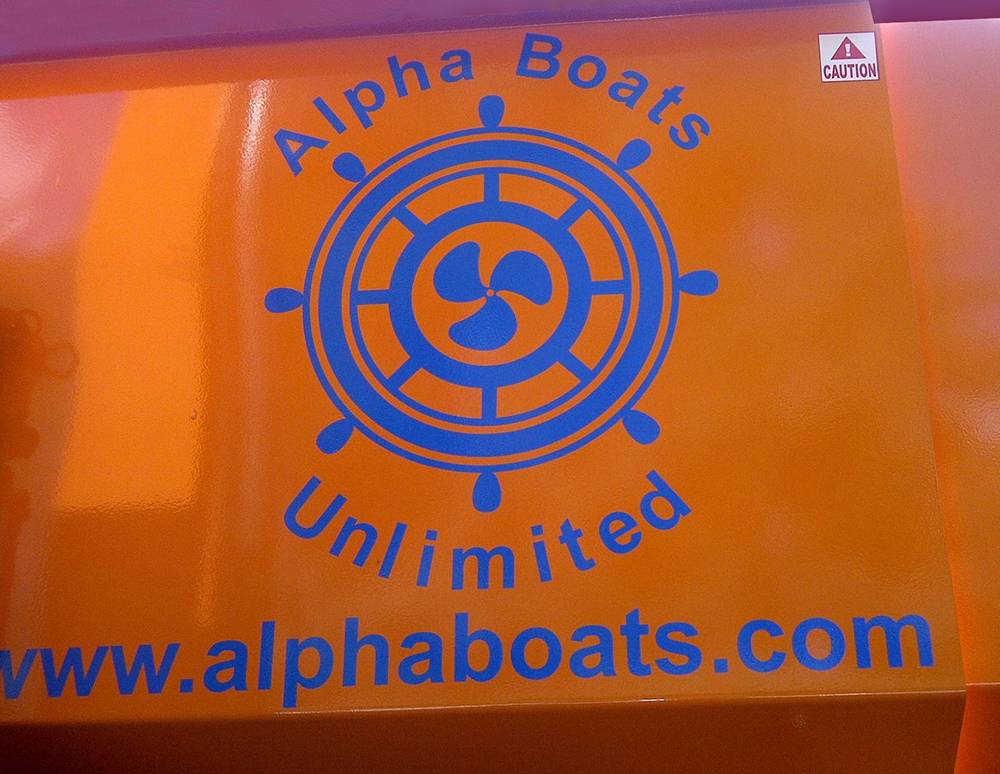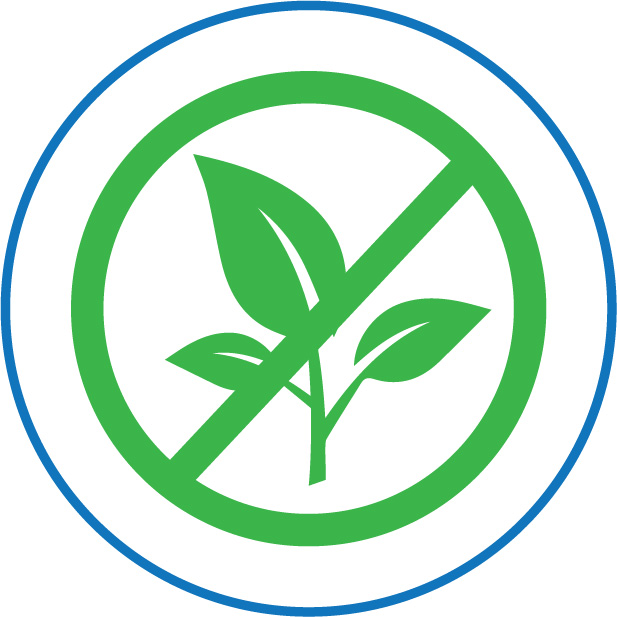Weed Harvester Operations on Conneaut Lake
The Conneaut Lake Aquatic Management Association (CLAMA) has been operating a weed harvester on Conneaut Lake since 2000. The program was initiated by recommendations made in a 1995 Phase I water quality study initiated by the Crawford County Conservation District. The initial harvester was purchased with state grant funding. The grant funding was a startup grant intended to give the harvester operations a good foot hold. After the funding was exhausted CLAMA continued to operate the harvester with private donations and funds raised by events such as the annual CLAMA Bash. CLAMA replaced the original harvester in 2012 and with continued support from the community will continue operations on the lake.
Weed harvesting on the lake, as with any management option, is a delicate balance of funding, time management, practical application, and user needs. With a diverse user base on the lake harvester operations need to take into consideration the needs of boaters, anglers, swimmers, as well as the overall health of the lake. Harvesting takes place most intensively in areas that are likely to see the most boat traffic. Areas where lake depth or obstructions restrict access with the harvester are avoided. Also, areas that provide a refuge for young fish or are considered priority fishing areas are avoided. It is a delicate balance of give and take that is needed so all users can have a positive experience on the lake.
Weed harvesting on Conneaut Lake is not just a function of meeting the needs of user groups. The management of vegetation on the lake is also essential for the health of the lake. The most common plant species on Conneaut Lake are Eurasian Watermilfoil, Fanwort and Hydrilla. These invasive species can outcompete our native plants and as a result can grow much more densely than our native species. This dense growth results in more user conflicts on the lake, as well as a reduction in the number of different types of plants in the lake. Removal of these species has resulted in a resurgence in our native, beneficial aquatic plant species. In addition to having invasive plant species in Conneaut Lake we also have a problem with nutrients in the lake. Phosphorus and Nitrogen from fertilizers applied to lawns around the Lake, as well as nutrients from farming operations within the watershed feeding the lake have accumulated over the years at the bottom of the lake. Every year these nutrients are stirred up by natural process within the Lake, essentially fertilizing the invasive plants. Now the invasive plants, in addition to being more aggressive than our native plants, have excess “food” to further allow them to grow out of control. By removing the plants themselves with the CLAMA harvesting operations we are also removing some of the excess nutrients from the Lake as an added benefit. An unfortunate event that has happened in recent time is the addition of Zebra Mussels to Conneaut Lake. Zebra mussels are filter feeders that clear the water. On the surface this seems like something good for the Lake. The unfortunate side effect is that by clearing the Lake the Zebra Mussels are allowing sunlight to penetrate deeper into the lake. This allows the invasive weeds to grow even more vigorously, and to greater depths than ever before.
The future of harvesting on Conneaut Lake is looking good, but only if the community continues to help. The current harvester’s life span is anticipated to be around 15 years. The CLAMA board is now looking at raising funds in anticipation of the replacement of the harvester at the end of its life span. It is anticipated that by the time CLAMA needs to replace the harvester the cost of a new unit will approach $325,000 to $350,000. CLAMA is also considering the purchase of a transport barge that would increase the efficiency of the operations tremendously. Typicallu, half the day is spent transporting and off loading and not cutting. A transport barge would allow the harvester to continue to harvest while the barge offloads the material, thus increasing efficiency of operations. By thinking about the future CLAMA feels confident that we can not only continue the operations, but grow them. To do that, we need your continued support and commitment to the harvester operations on Conneaut Lake.
Harvester Process:
The harvester runs on diesel and moves a total of 3.5- 4 MPH. The total time it takes to drive the length of Conneaut Lake at full speed takes 50 minutes. The total amount of weed storage is four tons on the harvester and it is runs on diesel. The process consists of a blade located at the front of the harvester that moves side to side to trim the weeds. As this cutter bar moves back and forth the cut weeds move up a conveyor to the storage unit on the harvester. Once the storage exceeds the four ton limit the driver then has to drive 35 minutes back to dock and unload. Another conveyor is then used to transport the weeds into a pickup truck ready to transport. The transported weed serve many uses including fertilizer and land restoration. The truck can haul 2 loads at a time each trip. Then the harvester drives 35 minutes back to the location for cutting. This process is repeated over an 8-10 work day. In total the harvester uses 6-7 gallons of diesel a day. The traveling and fuel are very expensive and time consuming, that is why the harvesting is a full time job in the summer.
Future Goals:
When looking at the time management of the harvester, the next step is to search for a transport barge to cut the time. This transport barge can be hooked onto the harvester while cutting and can offload the weeds into a bigger storage unit. Then the barge can drive to the dock to unload the weeds while the harvester can continue cutting. This saves the amount of time that the harvester would take to drive back to the dock and back to the cutting area. A separate driver can offload and drive to the designated area without disrupting the cutting process.

2517 State Route 31
Weedsport, NY 13166 USA
Phone: 315/834-6648
FAX: 315/834-6045
Toll-Free 877-627-3084 (US & Canada)
Harvester Information:
The weed harvester was purchased by CLAMA with the goal of cutting invasive weeds within Conneaut Lake. The harvester cuts certain areas around the Lake to remove invasive weed species. There is a current goal of balancing the needs between the existing boaters and seasonal anglers within the area. Boaters prefer no weeds because their propellers can get stuck with in the weeds when launching. On the other hand, anglers rely on the weeds for fish breeding and habitats. There needs to be an equal balance of cutting to accommodate both of these sides, and that is exactly what the harvester is doing.
There are designated areas within the lake that are not cut. One area is where fingerlings live and grow which is located on the North end of the Lake where wildlife is plentiful for anglers. This process is a give or take with cutting and not cutting along with the balance of boaters and anglers. There is also a simple trim to accommodate both the boaters’ propellers and habitat for anglers.
With the advent of Zebra Mussels in the Lake, the need for harvesting has increased. Zebra Mussels are filter feeders, thus the water becomes clearer allowing the sunlight to penetrate deeper into the water. This enables weeds to multiply in growth quantity. Because of this, the harvester operates up to eight hours a day from the middle of June until the end of September (weather/wind permitting).

Things you can do to help harvester operations:
- Reduce the amount of fertilizer you are using, or use Phosphorous free fertilizer.
- Clean your fishing and boating equipment before transporting it to or from Conneaut Lake. This will help prevent the spread of invasive species.
- Volunteer your time to CLAMA events.
- Continue to contribute to CLAMA fundraising events throughout the year.
